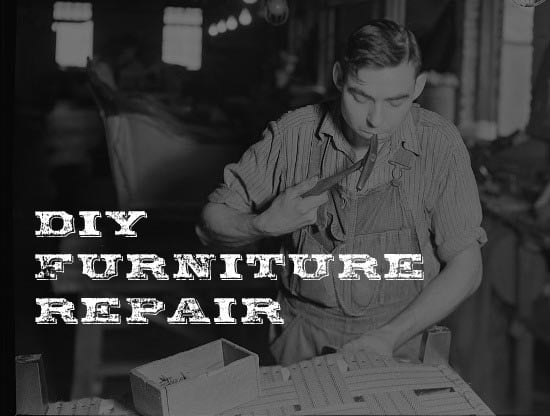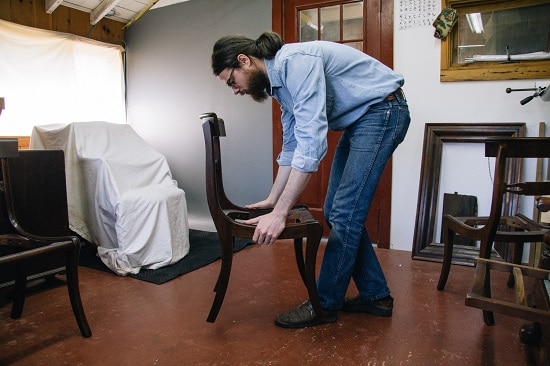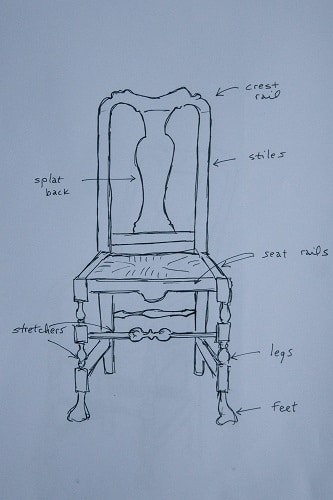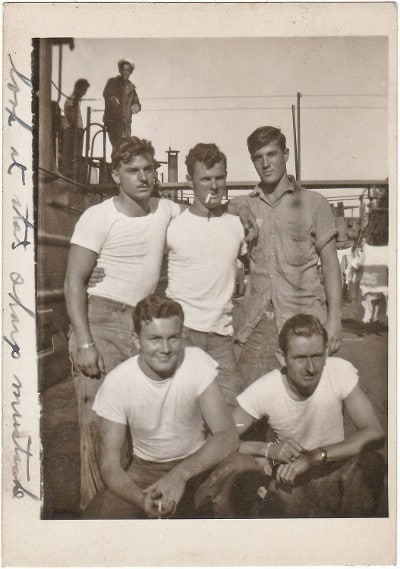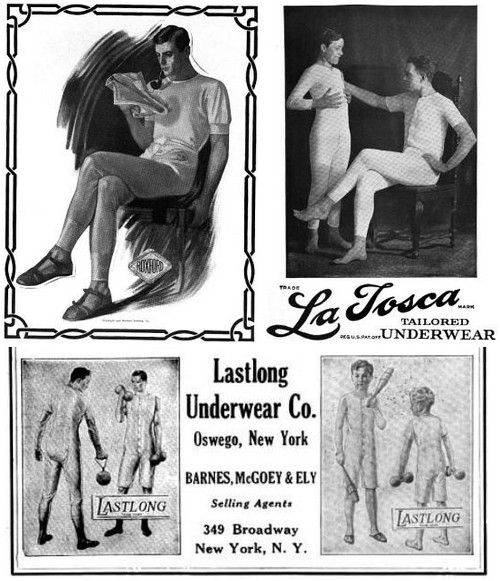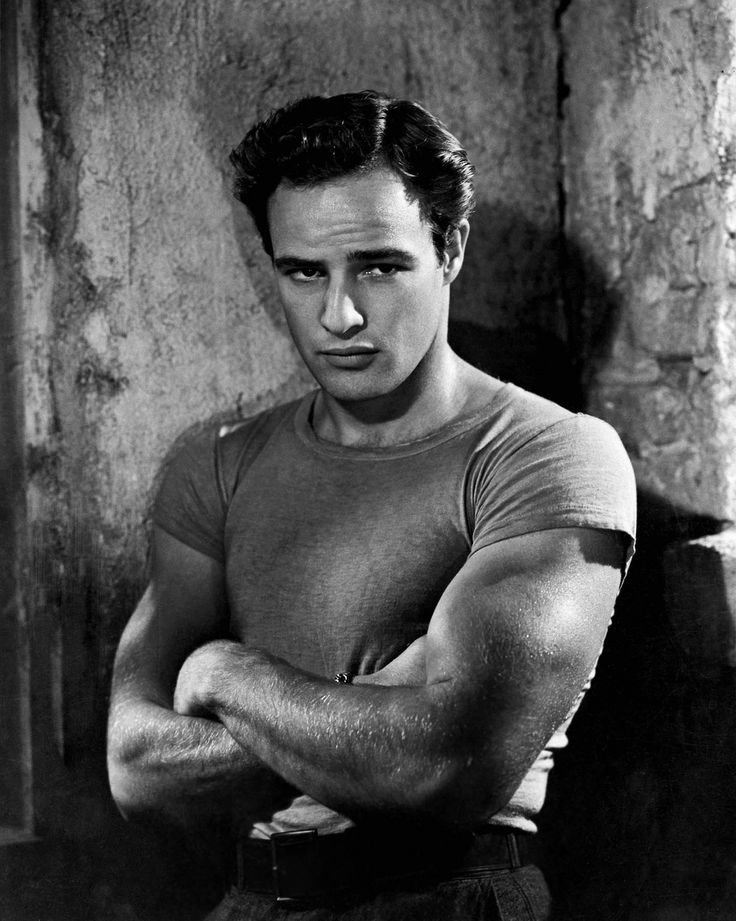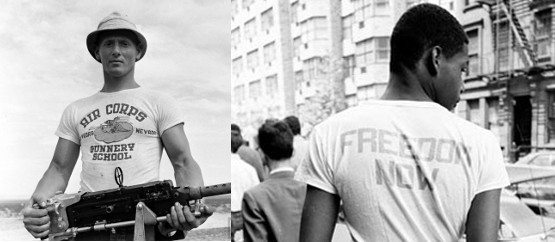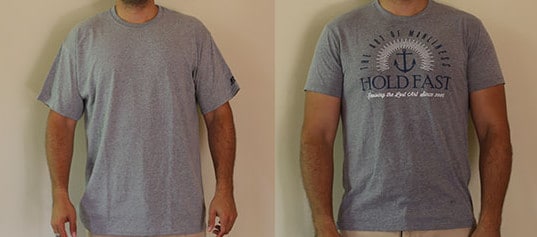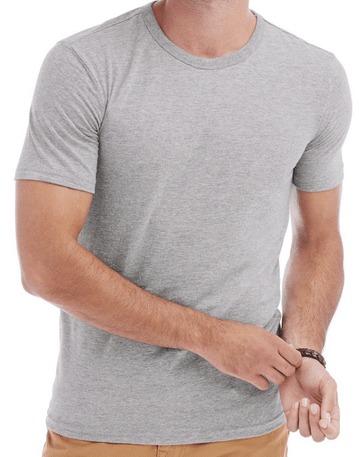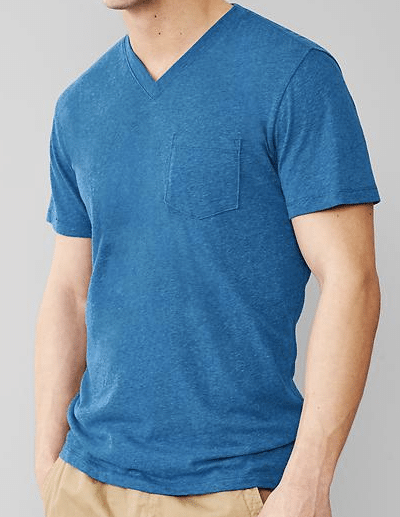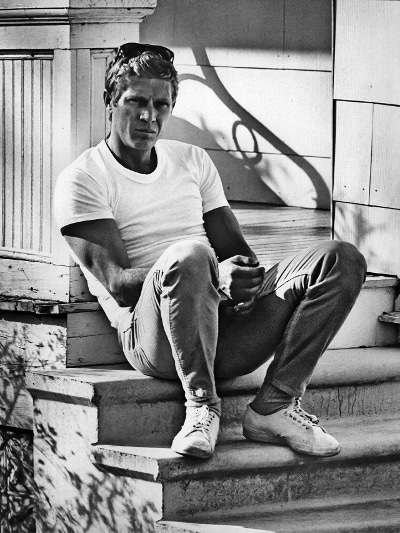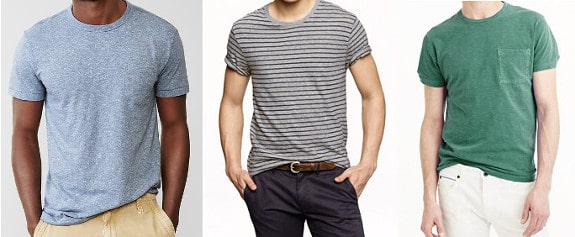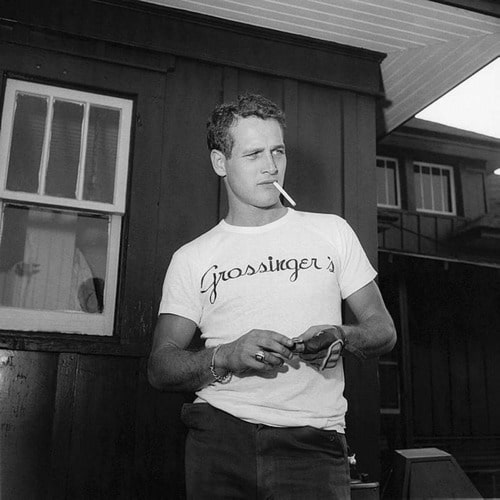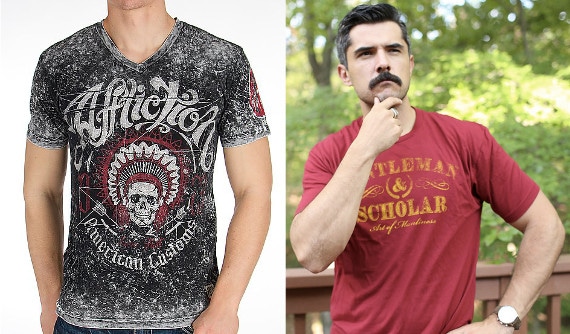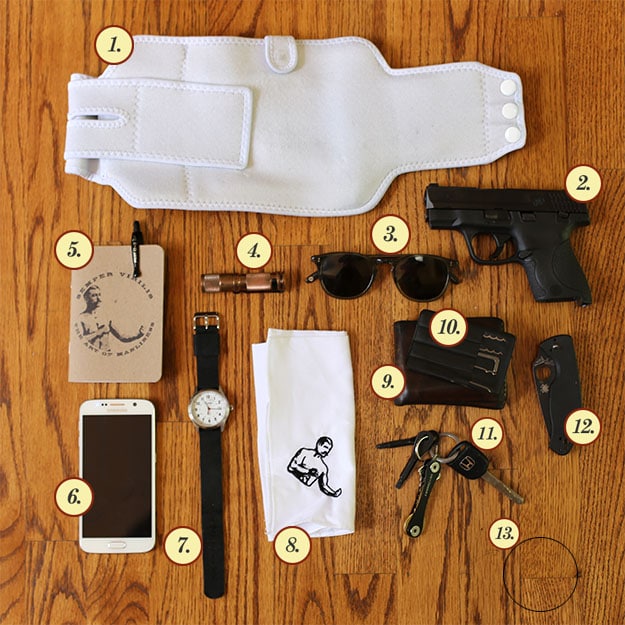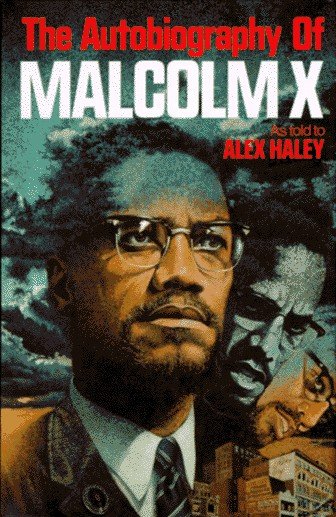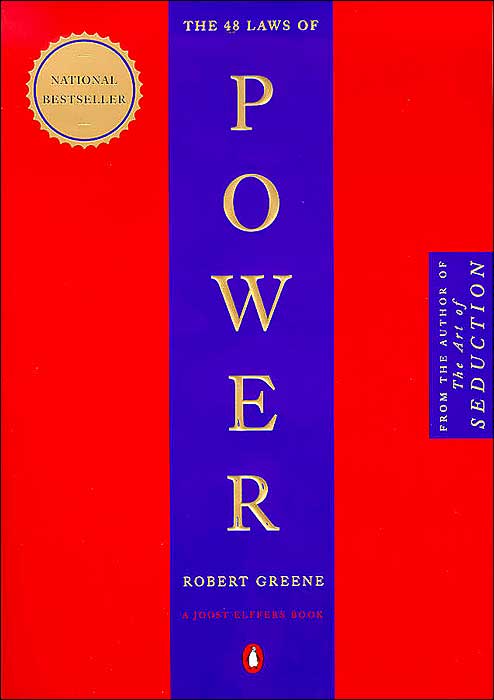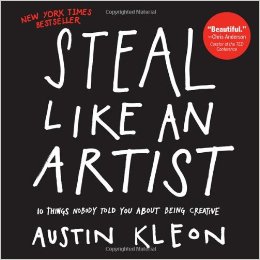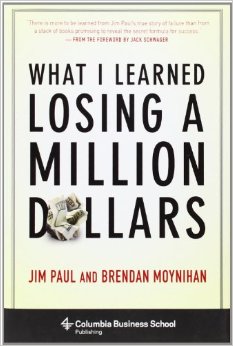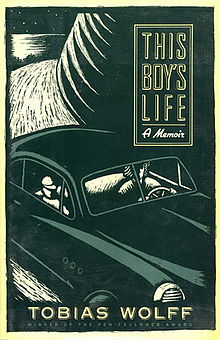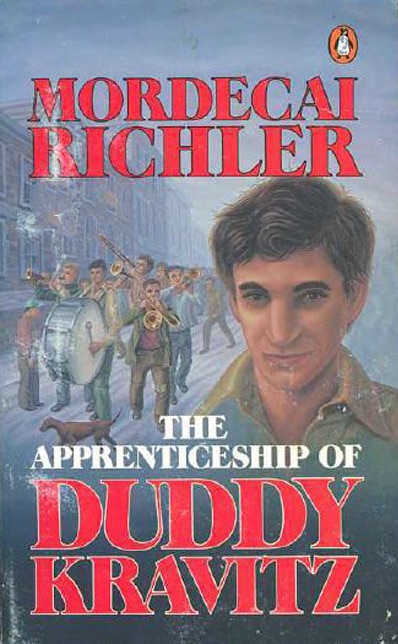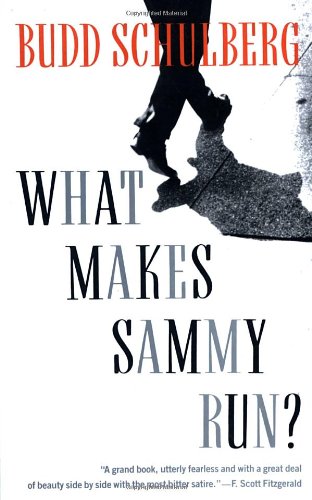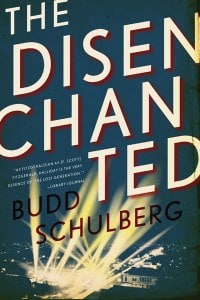How to Avoid Getting Pickpocketed

A couple centuries ago, pickpocketing was the scourge of cities around the world. From Dickens’ London to New York City’s famous Five Points, skilled thieves practiced their craft, filching the valuables of passersby without the victim noticing a thing. In fact, that’s how pockets in clothing got their start: Prior to the 17th century, men and women alike carried their valuables in purses outside the body; they then started tying pouches inside their clothes in an attempt to thwart would-be “cutpurses” and thieves. But pickpockets soon adapted and learned how to deftly extract the goods from trouser, waistcoat, and jacket pockets alike.
Around the turn of the 20th century, American prosecutors began cracking down hard on pickpockets, and mandatory schooling took young would-be thieves off the streets. Soon there were few “master” pickpockets left to pass on the trade, and fewer kids willing and able to learn a form of crime that took years to perfect. In more recent years, the decline of cash has made wallets a less desirable target.
While pickpocketing has been on the decline in the U.S for the past fifty years or so, it’s still a major problem in Europe. In fact, pickpocketing has gotten so bad in some countries that popular tourist attractions have had to close for days at a time.
Many police departments shrug off pickpocketing as common petty larceny. But to the victim, having their wallet stolen not only puts them out of the cash they were carrying, but creates a huge cost in time and worry. Credit cards must be canceled and credit agencies must be warned for possible identity fraud. If a passport was lifted, travel plans will likely be delayed and the victim will have to pay for an even more expensive trip home because they missed their original flight.
To avoid finding yourself in that kind of aggravating mess, you simply need to take a few precautions that’ll greatly reduce your vulnerability to pickpockets. And in today’s post we’ll provide expert-backed tips on how to do just that.
Maintain Situational Awareness
The first step in avoiding getting pickpocketed is to always maintain situational awareness when you’re out and about. For an in-depth look at how to develop the situational awareness of Jason Bourne, read this article.
Know Your Thief
It’s hard to pick a thief out of a crowd because pickpockets cross all demographic boundaries and stereotypes. While your grandma may have told you to “Be on the lookout for Gypsies!” pickpockets come in every race and color. While most are male, there are a large number of female pickpockets too. And while pickpocketing has often been called a “boys’ crime,” in Europe it’s common to find pickpocket gangs where the average member is in his 30s.
So don’t assume that you’ll be able to avoid getting pickpocketed by steering clear of certain “types” of people. With that said, keep in mind the following points when you’re out and about in an area known for pickpocketing:
Pickpockets often work in groups. One or two members of the pickpocketing team will act as distractions while an accomplice steals your stuff. So if you see a group of people acting in ways that seem designed to get your attention, be on the lookout for a hand trying to filch your valuables.
Pickpockets are often children. While many pickpockets are grown men, a large number of pickpockets are indeed young boys and girls. Children pickpockets take full advantage of their innocent, doe-eyed looks. Because a tourist doesn’t expect a child to be a criminal, the young pickpocket can get closer to their target without raising suspicion.
You’re likely to encounter more child pickpockets in Europe because in many countries, when a young thief is apprehended by authorities, they’re simply taken to a group home where they walk out the door the next day to do some more stealing.
So don’t be lulled into a false sense of security whenever a child suddenly comes into contact with you in an area known for pickpocketing. It’s possible they’re getting a heist started on you.
Pickpockets are typically well-dressed. When most people imagine a pickpocket, they likely picture a dirty street urchin. The reality is most pickpockets look like well-dressed middle-class folks. They want to blend in with their environment and appear as non-threatening as possible to get as close to you as they can without setting off alarms. So they’ll dress in a way that puts people at ease, which means wearing clean, well-pressed clothing featuring logos of brands that people associate with middle-class wealth (at least in Europe) — Nike, Gap, Adidas, etc.
Know Where Pickpockets Like to Work
While you can encounter pickpockets in any part of a city, some locations are a magnet for pickpockets:
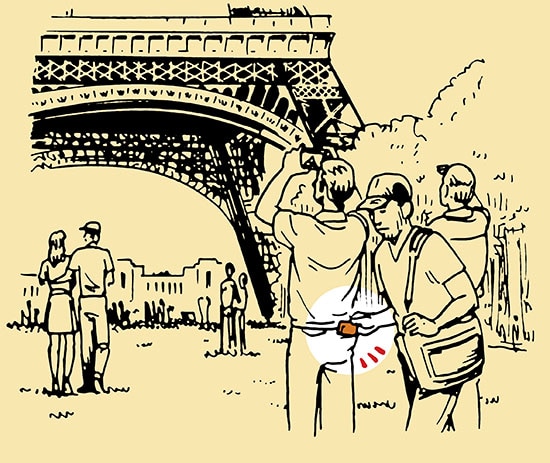
Tourist attractions. Tourist attractions are a pickpocket’s paradise. You’ve got 1) lots of clueless tourists often carrying lots of cash, 2) monuments and exhibits that distract people and take their gaze and attention off their possessions, and 3) high pedestrian traffic where people are bumping into each other and are less likely to notice the touch of a thief’s sticky fingers. Pickpocketing is in fact so rampant at tourist attractions that in recent years both the Eiffel Tower and the Louvre have had to close for several days because of it.
If a popular tourist attraction is on your list of must-sees while traveling, take extra precautions with your valuables when you visit.
Public transportation. Because public transportation forces people to stand right next to each other, it’s a fertile field for pickpocketing. With just a bump from an accomplice, a pickpocket can take your wallet and be off the train and on his way before you even realize it’s missing.
Restaurants and bars. Pickpockets often flock to restaurants and bars that are popular with tourists. Because patrons’ attention is focused on their meal and the people they’re eating with, they often don’t notice the hand that slides into their purse to snatch a wallet.
Hotel lobbies. Hotel lobbies offer a pickpocket a great opportunity to swipe a person’s goods. When tourists arrive at a hotel’s door, they’re often juggling and keeping track of several pieces of luggage. Pickpockets take advantage of the tourist’s diverted attention by stealing what they can from them.
Know the Tricks Pickpockets Use
It’s not just a steady and stealthy hand that makes a successful pickpocket.
Just as magicians use misdirection and distraction to make cards and coins seemingly vanish into thin air, pickpockets use similar techniques to make your wallet and smartphone disappear.
A good pickpocket has a keen understanding of human psychology and understands that people can only direct their attention to one or two things at a time. Consequently, they’ll either wait for or create a moment in which your attention is diverted towards something else to steal from you.
While it’s possible for a lone pickpocket to create the necessary distraction to successfully filch your valuables, it’s much easier when they have a partner in crime. Consequently, as previously mentioned, most pickpockets work in teams.
Below we highlight a few of the tricks that pickpockets commonly use to steal from their victims. Most of them are tactics used by groups, while a few are methods employed by lone thieves:
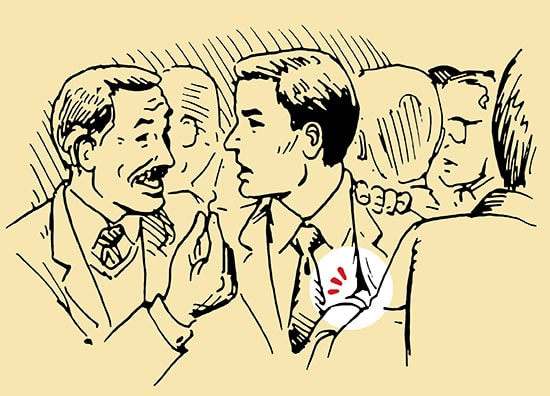
The helpful stranger. A friendly stranger approaches you to wipe off some lint from your jacket. A few minutes later when you go to retrieve your wallet to buy a drink, you find it missing. Sometimes the ruse is even more elaborate: one person “accidentally” spills something on you, another helps you wipe off the mess, while a third takes advantage of the hoopla by stealing your wallet. If someone acts a little too friendly and helpful towards you, be suspicious. They could be a pickpocket (or the distracter in a pickpocketing team).
Taking advantage of the Good Samaritan. A stranger approaches you asking for help — maybe they have a map and are asking for directions, or they could fall in front of you, dropping everything they have in their hands. The clumsy person is really the distracting half of a pick-pocketing team; while your attention shifts towards helping them, their partner swoops in and stealthily makes off with your wallet.
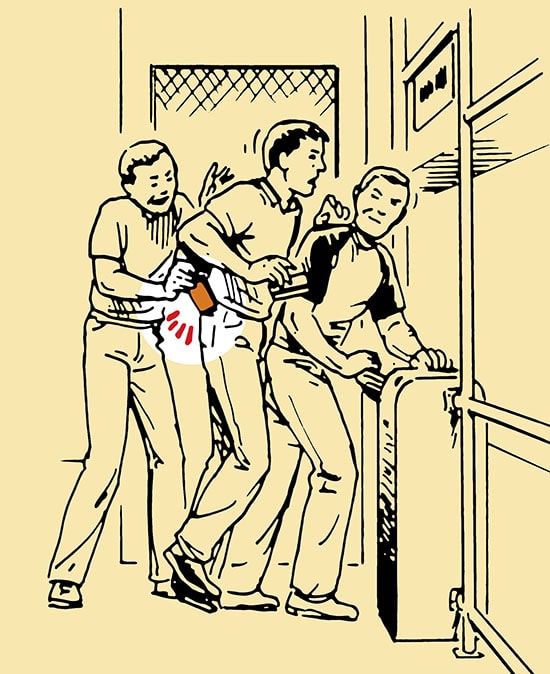
Creating delays at turnstiles. You’re walking through a crowded turnstile to get on the subway when suddenly the person in front of you stops, causing you to run right into them. Consequently, the person behind you bumps into you as well. The person at the front apologizes and says her ticket didn’t work. She tries again, this time with success. With another apology, she pushes through the turnstile and runs off to catch her train. When you get on your train and sit down, you notice that your wallet isn’t in your back pocket anymore.
The person who caused the delay at the turnstile was the distracter; the person who bumped into you from behind was the pickpocket who lifted your wallet. With all the commotion of bodies bumping into bodies, you never felt a hand slip into your back pocket.
The flash mob. You’re on the subway train when suddenly a huge mass of people surround you and start bumping you. At the next stop, they all get off, and your wallet is missing.
If you’re ever suddenly surrounded by lots of people, get out immediately. You’re about to get pickpocketed.
Charity workers with clipboards. A group of well-dressed, friendly girls approach you with a clipboard. They signal that they’re deaf and mute and point to the clipboard. While you’ve got the clipboard in your hand, reading over the petition/donation form, an accomplice is snatching your wallet or stuff out of your backpack. This is supposedly a popular pickpocket tactic in Paris.
The friendly salesman. While browsing through an outdoor marketplace, you encounter a salesman who’s just a little too friendly and pushy with his wares. He may not actually be interested in making the sale, but simply distracting you while an accomplice steals your wallet.
Fake fights. A group of men starts fighting. You, of course, watch because fights are cool. When the fight’s over, your wallet is gone.
That wasn’t a real fight and you’ve just been suckered.
Child beggars. A group of children suddenly gathers around you talking, shouting, and begging for money. They soon disperse, but you’re lighter in the pants. While many pickpockets look like mild-mannered middle-class folks, some do look like the stereotypical street urchin/beggar.
Bag slashing. Some thieves won’t even bother with all the distractions and stealth tactics, and will just cut open your backpack and take what they can get their hands on. While it’s not that common, it happens enough that you may want to take precautions to prevent it happening to you. We’ll offer some suggestions on how to do that below.
The quick grab before the subway door closes. Another brazen tactic that thieves use is to target individuals who are sitting or standing right next to a subway train’s doors. The thief will stand near the victim on the train or just outside the train’s doors. Right before the doors close, the thief will snatch the purse or backpack or take the wallet, and then bolt out of the train. The victim can’t do much except pound the doors as the train rolls away. Because the thief doesn’t have to worry about you following them, they can afford to be less stealthy with their heist. They’ll just grab whatever they want, not caring if you notice them or not.
Bump and lift. The most common solo pickpocket tactic is the bump and lift. The pickpocket simply bumps into the victim while simultaneously taking the victim’s wallet out of their back pocket.
Pickpocket-Proof Yourself (As Much as You Can)
While it’s impossible to make yourself 100% pickpocket proof, there are some things you can do to make yourself a far less likely victim:
Don’t look like a tourist. Pickpockets love hitting up tourists because 1) they often have lots of cash and valuables on them and 2) they’re typically not paying attention to what’s going on around them because they’re so focused on taking in the new sights.
So avoid looking like a tourist.
This doesn’t mean you have to dress exactly like the locals, but do the best you can to blend in. Don’t wear anything that will make you stand out and broadcast that you’re a tourist with a lot of money. Pickpocketing expert Bob Arno recommends not wearing clothing with high-end brand logos as well as not wearing expensive jewelry or watches. In other words, dress in a culturally appropriate, non-descript way.
Also, avoid gawking at maps and appearing like you don’t know where you are. Before leaving for any destination, have a good idea of how to get there and move like you know where you’re going.
Be alert and assertive. If you’re rushed and encircled by a group of children, there’s a chance they’re working together to steal whatever you have on you. Maintain a confident stance and yell “No!” — they’ll probably back away. If they don’t, don’t be afraid to push your way through even though they’re kids. Likewise, if a “helpful” stranger seems to be suspiciously friendly, don’t be afraid to move away and keep your distance. Thieves count on you being too “nice” to want to be rude or make a scene. You don’t want to come off as aloof and wary to genuinely friendly folks, but you do need to be alert and aware of what’s going on around you.
Keep the bare minimum in your wallet. The less you have in your wallet, the less of a hassle it will be if you do get pickpocketed. Just keep a single credit card, a single form of ID, and a small amount of cash. That’s it.
Keep a back up credit card stowed safely away in your hotel in the event that you do lose your wallet.
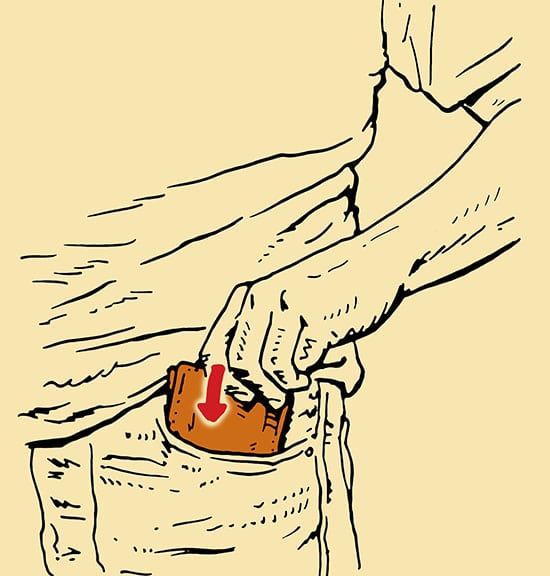
Secure your valuables in a front pocket. While a skilled pickpocket can swipe your stuff from your front pocket, it’s more difficult to do than when your stuff is in your back pocket. If you’re looking for a wallet that fits nicely in your front pocket, check out the Rogue Wallet. And don’t forget to put your smartphone in your front pocket as well.
Another more secure place to stash your goods besides your back pocket is the inside pocket of your jacket. For added security, make sure that it can button or zipper close.
Better yet, keep them in a money belt. For maximum security, take a tip from your forebearers and keep your valuables under your clothes, tucked inside a money belt. Keep in mind though that money belts aren’t entirely pick-proof.
Another option that’s even more secure than money belts is underwear with zipper pockets. The Clever Travel Companion is a great example of this type of garment. Even the deftest of pickpockets will have a hard time getting their hands down by your junk to retrieve a wallet without being noticed.

If you see a sign that says “Beware of Pickpockets,” don’t touch your wallet. In areas where petty thieves are prevalent, you’ll often find signs that say “Beware of Pickpockets.” Upon seeing this sign, most people will immediately pat their clothing where they keep their valuables to check that they’re still there. Meanwhile, the pickpockets are standing nearby observing where people are patting themselves so they can go in for the steal!
So if you see a “Beware of Pickpockets” sign, avoid the knee-jerk reaction to check your stuff. You’re just providing a homing beacon to thieves.
Secure your backpack. Backpacks and other bags are a pickpocket’s friend. Not only do they make you look like a tourist (especially the backpacking variety), but because the bags aren’t touching your body, you’re not going to feel it when a pickpocket places his hand inside to steal your possessions.
If you can, avoid carrying a backpack or shoulder bag while out and about. However, if you need to have it on you, take the following precautions to avoid getting pickpocketed:
- Don’t keep anything valuable in your backpack. Your wallet and smartphone should be in your front pocket or money belt. Don’t keep these in your backpack. Ideally, you’re only going to keep things in your backpack that you wouldn’t mind losing.
- Don’t put anything in the back pocket. The easiest target on your backpack is the back pocket on the outside. A pickpocket can easily unzip it and get stuff out without you feeling it.
- Put locks on your zippers. If you do need to keep valuables in your backpack (for example, a camera), lock the zippers with small luggage locks.
- Wear the hip belt when you’re walking. Besides making the bag more comfortable, the hip belt can also serve as an added security device. More brazen thieves will simply just take your backpack off your shoulders and run off with it. If you’ve got that hip belt secured, such a grab becomes a far more difficult, two-step process.
- Keep bags in front of you when on public transit. When you’re on public transit, move your backpack from your back to your front. That way you have a better view of sneaky guys trying to get their hands into your stuff.
- Keep bags between your feet while eating. Don’t place your bag by your chair, or hang it on a chair while you’re dining. Always keep your bags in physical contact with you.
- Buy slash-proof bags. While not entirely knife-proof, slash resistant bags can make slash and grab jobs a bit more difficult for crooks. It might be worth it to consider the investment.
Never put your phone on the table when you’re eating. I’ve never understood why people put their smartphone on the table while eating; it’s rude and prevents you from being fully present with the folks you’re dining with. But if you’re one of those people who absolutely must keep their phone on the table while you’re at a restaurant, be aware that pickpockets are targeting you. A growing number of enterprising pickpockets are casing restaurants with outdoor eating areas and looking for phones sitting on tables. When they see one, they’ll swoop in as a team — one guy acting as the distraction (selling flowers, newspapers, candy, etc.), while his accomplice grabs the phone.
Lesson: Keep your smartphone tucked away on your person while you’re eating. The text messages can wait.
Also keep your phone locked and install software that allows you to remotely wipe clean its data. If your phone does get stolen, you don’t want the pickpocket to have access to your valuable information.
What to Do If You Do Get Pickpocketed
There’s no such thing as perfect security. Even if you follow the above guidelines, there’s a chance you’ll still get pickpocketed. So what do you if it happens to you?
Make a copy of your ID before you leave. Before you leave for your trip, make a copy of your passport and driver’s license. I’d recommend storing these in Dropbox or Google Drive. These will come in handy in the event you lose your passport and ID and need to get a new passport from the embassy so you can make your trip home.
Call your credit card company. In addition to the copies of your passport and IDs, have the last four digits of the credit card you’re carrying with you on your trip stored somewhere. Along with that, have the phone number of the company that issued your card. If your wallet goes missing or stolen, immediately call the issuing company and let them know. Any attempted transactions with your card will then be blocked from clearing.
Call a credit reporting agency. After you’ve called your credit card company, call one of the main credit reporting companies, like Equifax or Experian, to report your card as missing or stolen. The reporting company will place an initial fraud alert on your credit file for 90 days. This will put companies issuing credit (banks, credit card companies, etc.) on alert that you might be the victim of identity fraud, and it will make opening new accounts in your name more difficult.
File a report with the police. If you believe you’ve been the victim of theft, file a report with the local police. It might not do much to get your ID and credit cards back, but it won’t hurt.
_______________
Sources
Travel Advisory by Bambi Vincent and Bob Arno
“How to Avoid Becoming a Victim” from US embassy in Paris
